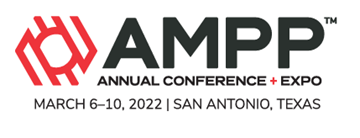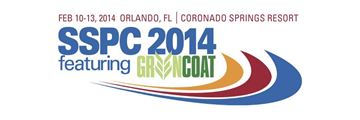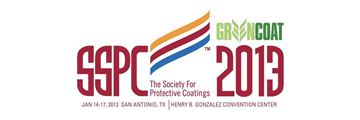Search
Individual Conference Papers
View as
Sort by
Display
per page
Is the Standardized SSC Testing Approach Applicable for Dense Phase CO2 Applications?
Product Number:
51324-20933-SG
Publication Date:
2024
$40.00
Is Your Waterborne 2K Epoxy Formulation Giving You a Headache? Here is the Cure!
Product Number:
41214-854-SG
Publication Date:
2014
$20.00
ISO 27913 - Example for Successful Standardization Activities in the Field of CCUS
Product Number:
51324-20592-SG
Publication Date:
2024
$40.00
Isocyanate Free Polyurthane Coatings for Industrial Metal Applications
Product Number:
41215-921-SG
Publication Date:
2015
$20.00
Isocyanate Free Water Repellent Top Coat For Offshore Corrosion Protection
Product Number:
51321-16640-SG
Publication Date:
2021
$20.00
Isothermal Oxidation Behavior of Chromia-Forming and Alumina-Forming Nickel-Base Alloys in Dry and H
Product Number:
51319-13520-SG
Publication Date:
2019
$20.00
Issues with Correlation between Accelerated Test Methods and Field Performance
Product Number:
51324-20975-SG
Publication Date:
2024
$40.00
It’s Stainless Steel, We Don’t Need to Worry……Right?
Product Number:
51323-19530-SG
Publication Date:
2023
$20.00
K / Size Effects on the Crack Growth Rate of Irradiated Stainless Steels of Boiling Water Reactors
Product Number:
ED22-17304-SG
Publication Date:
2022
$20.00
Keeping the Schedule: Climate Control Helps Keep the Charles-de-Gaulles Bridge Project on Schedule
Product Number:
41213-787-SG
Publication Date:
2013
$20.00












